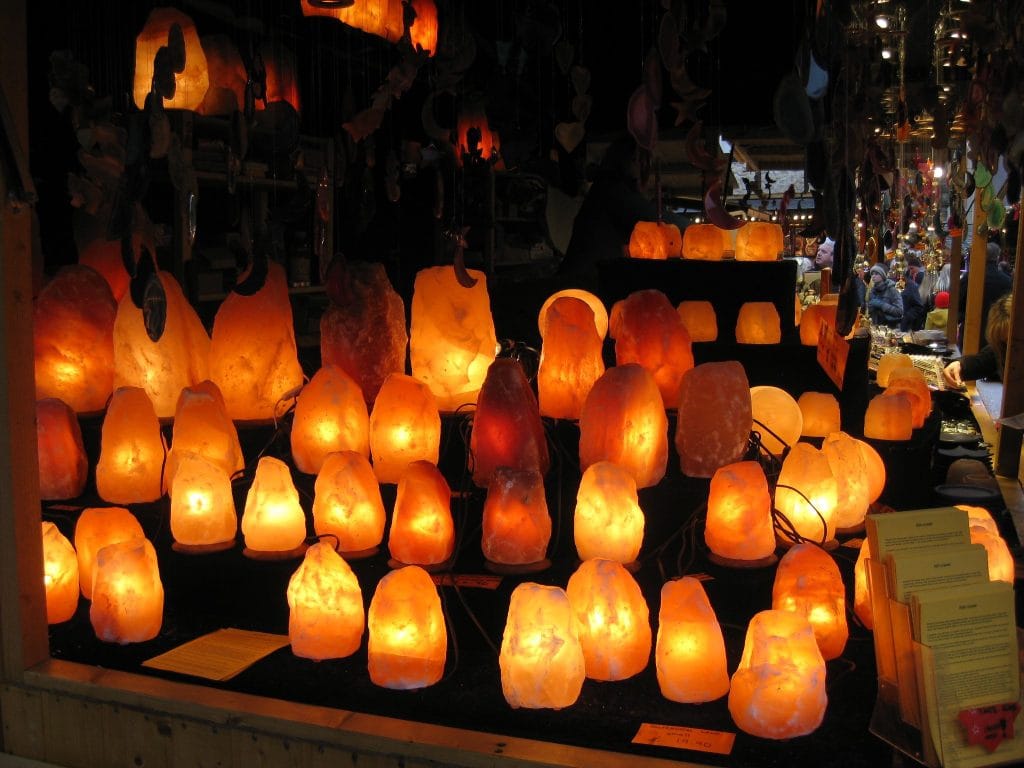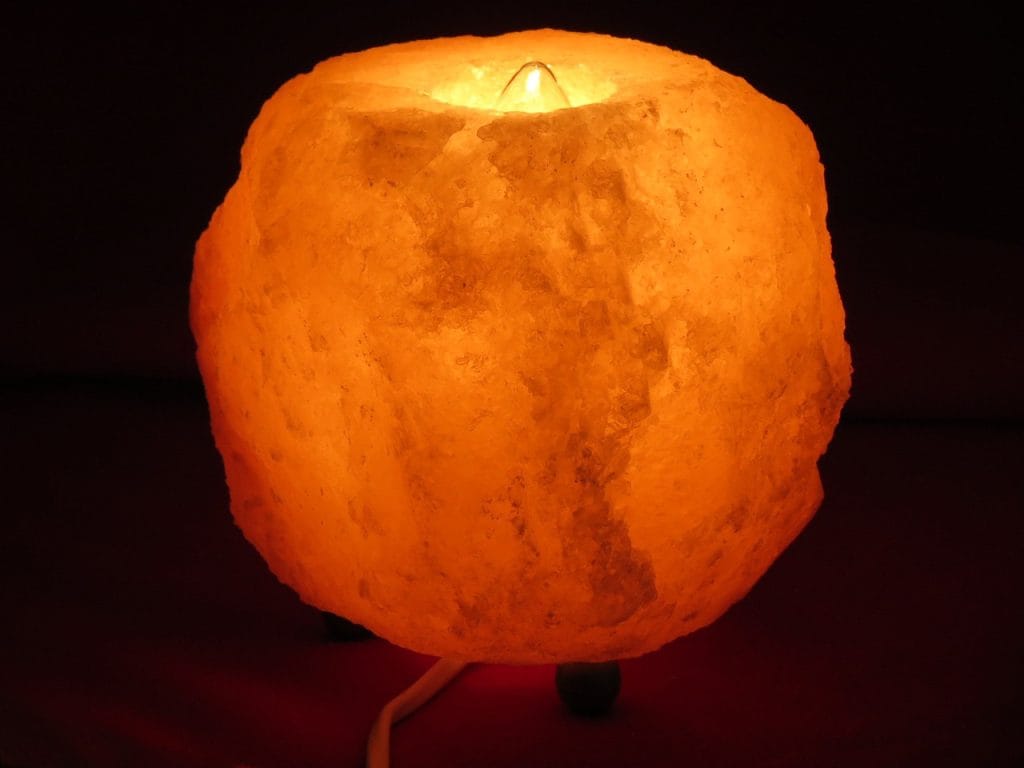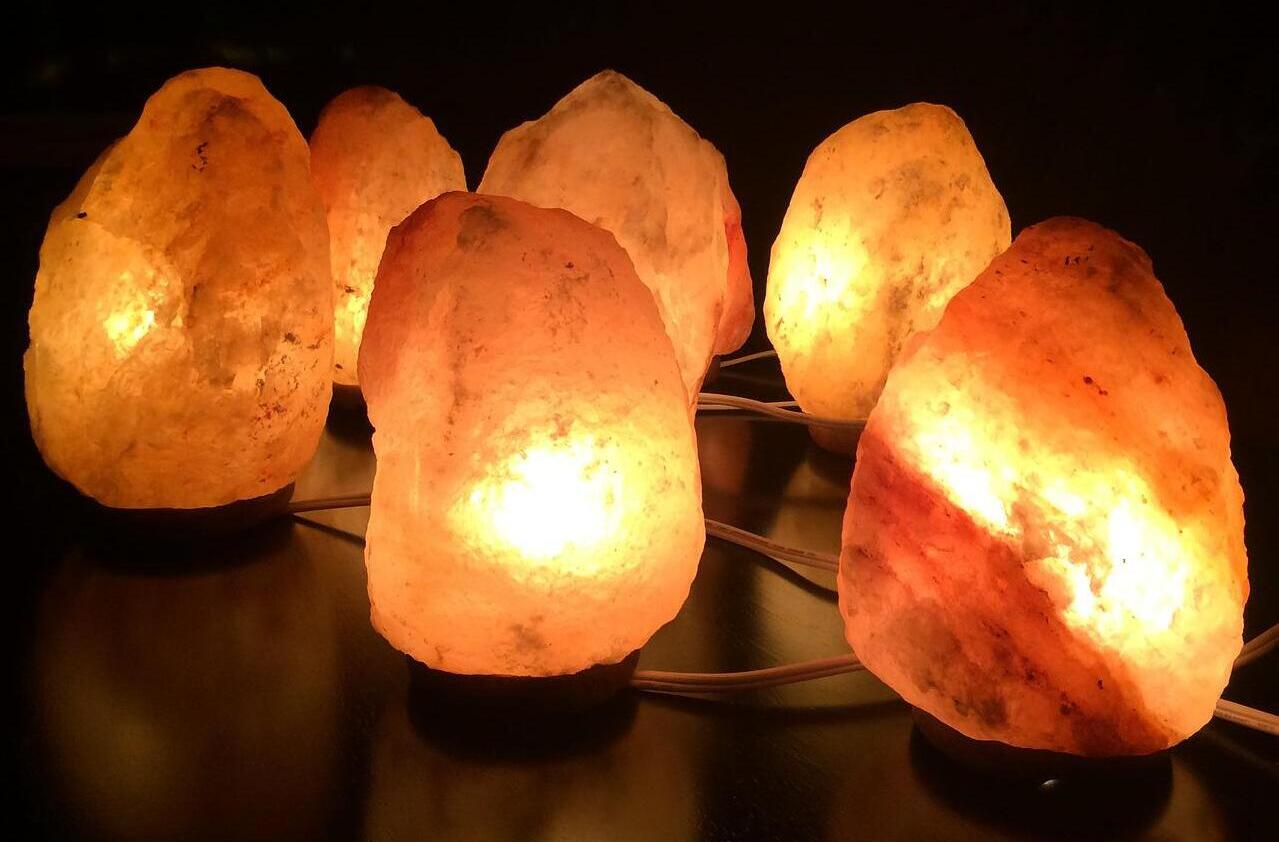Lamps made from pieces of salt are quite popular among fans of a healthy lifestyle, and marketers are spurring interest in them by promising invaluable health benefits. We decided to check whether they really have almost magical properties.
Description of salt (or, as they are also called, salt) lamps in online stores health products and Houses, souvenir products and on portals about a healthy lifestyle says that they cleanse air from bacteria, contribute to the treatment of organ diseases breathing, in the decision skin And allergic problems, facilitate migraine headaches, help prevent asthma, diabetes, cold and other diseases, strengthen immunity, neutralize harmful radiation from computers.
Salt lamps are lampshades carved from large pieces of salt, often pink Himalayan salt (we have already wrote that its benefits when consumed as food are somewhat exaggerated), inside which a light bulb is inserted. These lamps are supposedly ionize air, attracting water particles, which then evaporate into a brine solution due to heat. Hence all their supposed miraculous properties. It is worth noting that the study we cited above was conducted in Pakistan, namely in this country produced most of the Himalayan salt. No other studies could be found to confirm these findings.
Air ionization does have some positive effects on health. So, for example, during research was revealedthat negative ions can help with seasonal depression. However, during meta-analysis Previous studies have not confirmed a consistent effect of ionization on mood or feelings of well-being. It is worth noting that the studies used industrial, very powerful air ionizers, which a single salt lamp is unlikely to compete with.

The assumption that such lamps can help people with lung diseases is based on practice halotherapy (treatment with salt inhalations). However, scientists have not yet been able to come to a definitive conclusion conclusion about its effectiveness, Asthma and Allergy Foundation of America does not recommend use this method. Also to researchers failed find no statistically significant influence ionized air on respiratory functions compared to ordinary air. Powerful ionization can really clear air from allergens such as dust and dust mites, but it can also lead to education ozone in the air, which is harmful to people with asthma and respiratory diseases.
Ionization supposedly helps combat harmful radiation from computers and household appliances. We already sorted it out a myth that cacti supposedly protect from such radiation, and they wrote that you shouldn’t be so afraid of it. This confirm and WHO experts.
There is some evidence that negative ions reduce the risk of cardiovascular disease, but this is based on experiment, during which rats consumed negative ions in very high concentrations. Here, as with studies of the effects of ions on mood, one must consider the scale: rats are much smaller than people, and the amount of negative ions they received was significantly higher than what a single lamp could theoretically produce.
However, do salt lamps actually produce those same negative ions? We were unable to find reputable scientific studies that support the effectiveness of salt lamps. American popularizer of science Derek Muller decided not to delve into scientific works, but check everything is in practice. He bought a salt lamp and brought it to the scientists at the California Institute of Technology. In the laboratory, they turned on the lamp and, using modern equipment, tried to record the number of negative ions produced by it. To their surprise, the ion level was not just low, it was non-existent! That is, the lamp had absolutely no ionizing effect.

Caltech scientists explained this by saying that salt does not have a crystal lattice suitable for such purposes: it takes too much energy to release negative chlorine ions, much more than a single light bulb can produce. Therefore, whether air ionization is beneficial for health or not, salt lamps will not help with this.
Perhaps the salt contains a huge amount of useful substances, which declare manufacturers and sellers, may have any beneficial effect on our health? However, there are questions here too. Firstly, not all of them are so useful (for example, radioactive polonium and poisonous arsenic can hardly help a person very much), secondly, they are contained in salt in very small doses, and thirdly, it is not clear how they can get from a lamp into the human body.
Thus, we were unable to find reputable scientific studies that would confirm the healing properties of salt lamps. In addition, many reputable medical portals And clinics Also researched the question of the benefits of salt lamps, and they all came to conclusion, that, apart from decorative functions and soft, dim light, which can have a calming effect, such lamps do not help our health in any way. Our fellow fact checkers from Snopes also studied this issue, and, like us, came to the conclusion that the health benefits of salt lamps are very questionable. Individual experiments indicate that these lamps do not produce any negative ions at all, which supposedly should have a positive effect (although scientists have not yet come to a consensus on whether ionization is really that useful).
Most likely not true
Read on the topic:
- Is it true that sea or Himalayan salt is healthier than table salt?
- Is it true that the water treatment method works?
- Is it true that cacti protect against computer radiation?
- Is it true that indoor plants effectively purify the air?
If you find a spelling or grammatical error, please let us know by highlighting the error text and clicking Ctrl+Enter.






